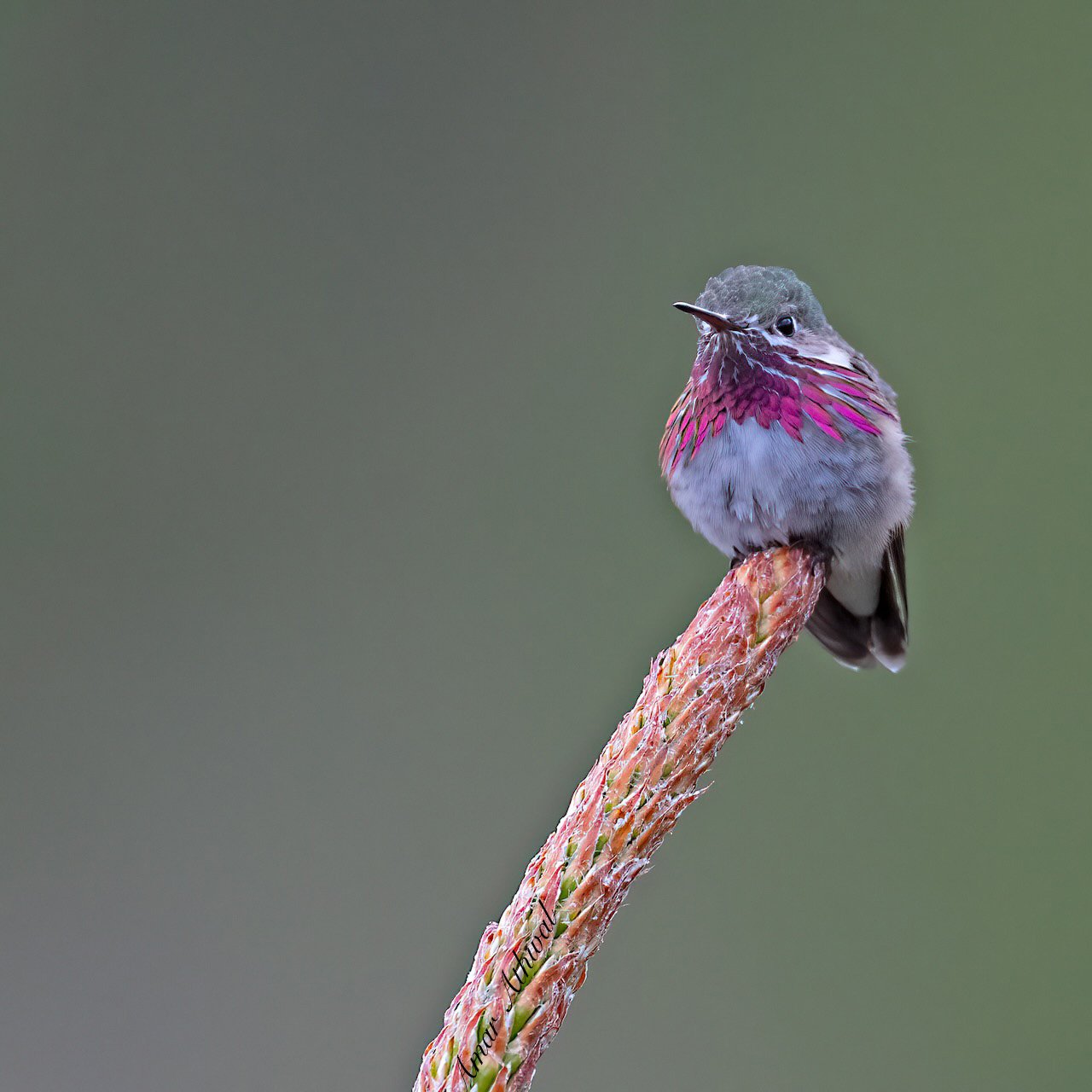There are 360 species of hummingbirds in the world, and their colour palette is just amazing. The iridescent rainbow of colours found on hummingbirds exceeds that of all other bird species combined—by 56 percent when hummingbird colours are added to the existing inventory of other bird colours. Hummingbirds create these amazing colours by capturing, bending, and reflecting beams of sunlight using tiny structures built into their feathers. Feathers alone are limited in their ability to produce colour pigments.
Hummingbirds have what are called barbules, tiny structures on the outermost part of their feathers. They help create shiny, reflective iridescence. Hummingbirds have flat barbules, which contain layer after layer of flattened, air-filled discs called melanosomes, stacked on top of each other. When light hits the top layers of melanosomes, some light is reflected and some passes through, refracting as it goes. This process is repeated as the light passes through the other layers. When the waves of light from these reflections align, we get the brilliant colours. The colours are amplified when the peaks and valleys of the light waves are aligned.
This male Calliope Hummingbird is not as colorful as other hummingbirds, but it is still worth the wait to see its magenta rays light up.

